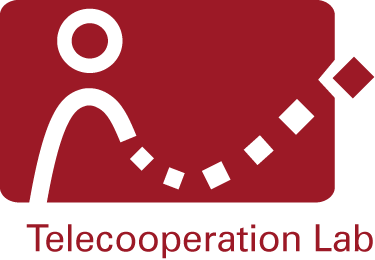
Interaction is an important aspect of lectures and can improve the learning success. However, meaningful “traditional” interaction based on hand-raising and discussion is at best difficult to achieve in large-scale lectures. Therefore, we have decided to design software to address this problem. We have determined the following interaction types that we regard as important for a well-balanced lecture:
- asking the educator a question regarding the current content, such as “I do not understand this slide”
- asking a general question or submitting a general comment, such as “When and how can I register for the exam?”
- commenting the current lecture style, such as “too slow / fast, not loud enough, highly interesting”
- participating in decision polls initiated by the educator, such as “which algorithm would you pick for this problem?”
- and participating in multiple-choice knowledge tests in a “Who wants to be a Millionaire” fashion.
An interaction application should be operating system independent. However, our experiences show that interaction tools used in a browser distract the students too easily. We have therefore decided to build a Java application.
The TVremote application addresses the interaction types listed above. The picture below shows the application window. The left section of the window contains a text area for entering questions and comments. One or more sliders are used for evaluating the lecture, for example the current speed. The bottom row contains four buttons for decision polls or multiple choice quizzes.
The button row on the right contains submit buttons. There can be several buttons offered for submitting an entry, so students can categorize their entry.
Except for the submission of text questions or comments, all actions can be performed with two mouse clicks. The first click usually sets the value, such as the lecture speed, and the second submits it. Resubmitting answers requires a single click on the “submit” button.
The educator can see the current number of questions on his or her display if the educator front-end is running and a network connection is available. He or she can address questions immediately, later – typically during a break – or after the lecture by email. All questions and comments are pseudo-anonymized to hide the student's identity from the educator and reflect privacy concerns. The software can convert submitted replies to the original (hidden) address and submit them.
People
Former Project Member
- Gina Häußge
Contact
- Prof. Dr. Max Mühlhäuser



